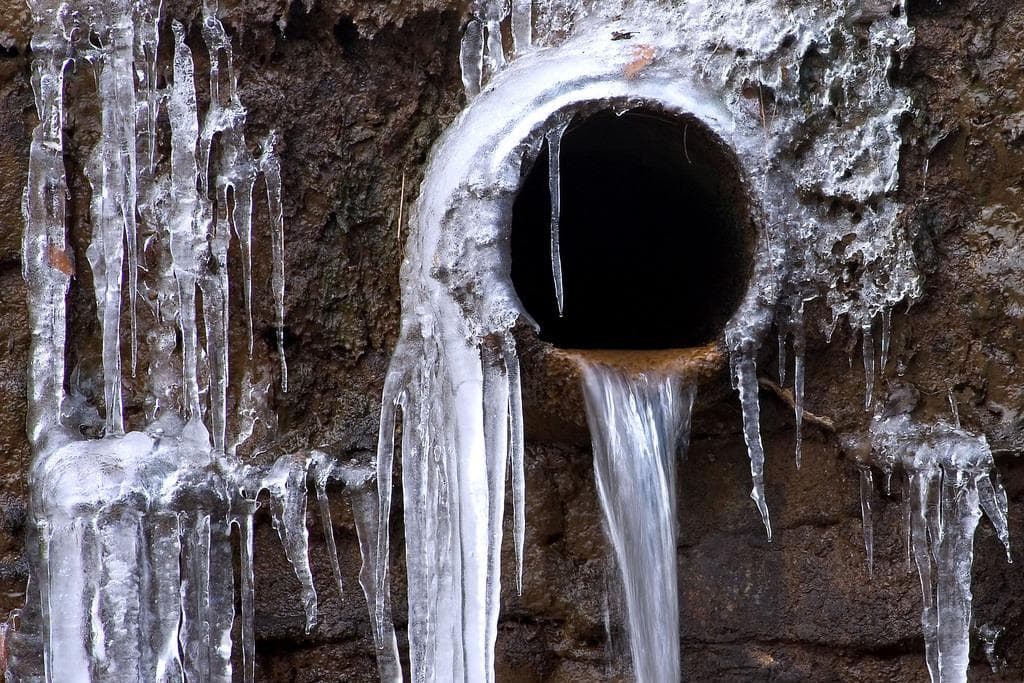The writer is making several great pointers on 6 Ways to Prevent Frozen Pipes overall in this great article followed below.

Cold weather can damage your plumbing, specifically by freezing pipes. Here's how to avoid it from taking place and what to do if it does.
Introduction
As temperatures decrease, the threat of icy pipelines boosts, possibly causing costly fixings and water damages. Recognizing just how to stop icy pipes is critical for property owners in cool climates.
Prevention Tips
Protecting prone pipelines
Wrap pipelines in insulation sleeves or utilize warmth tape to protect them from freezing temperature levels. Concentrate on pipelines in unheated or external areas of the home.
Heating methods
Maintain interior rooms adequately heated, specifically areas with pipes. Open up cupboard doors to allow cozy air to circulate around pipelines under sinks.
Just how to identify icy pipes
Seek decreased water circulation from faucets, uncommon odors or sounds from pipes, and noticeable frost on subjected pipelines.
Long-Term Solutions
Structural modifications
Consider rerouting pipelines far from outside wall surfaces or unheated areas. Include added insulation to attics, basements, and crawl spaces.
Upgrading insulation
Buy premium insulation for pipelines, attic rooms, and walls. Appropriate insulation helps maintain regular temperature levels and decreases the threat of icy pipelines.
Protecting Outside Plumbing
Yard tubes and outdoor taps
Detach and drain yard tubes before winter. Install frost-proof faucets or cover outdoor taps with shielded caps.
Understanding Frozen Pipes
What creates pipes to ice up?
Pipes ice up when exposed to temperatures below 32 ° F (0 ° C) for extended periods. As water inside the pipes freezes, it broadens, putting pressure on the pipe walls and potentially triggering them to burst.
Risks and problems
Frozen pipes can result in supply of water interruptions, residential or commercial property damages, and pricey repair services. Ruptured pipes can flood homes and trigger comprehensive architectural damages.
Indicators of Frozen Pipes
Identifying frozen pipes early can prevent them from rupturing.
What to Do If Your Pipes Freeze
Immediate actions to take
If you believe icy pipelines, keep faucets open up to ease pressure as the ice melts. Use a hairdryer or towels soaked in warm water to thaw pipelines gradually.
Final thought
Stopping icy pipelines needs aggressive actions and fast reactions. By recognizing the causes, indicators, and preventive measures, house owners can secure their plumbing throughout winter.
5 Ways to Prevent Frozen Pipes
Drain Outdoor Faucets and Disconnect Hoses
First, close the shut-off valve that controls the flow of water in the pipe to your outdoor faucet. Then, head outside to disconnect and drain your hose and open the outdoor faucet to allow the water to completely drain out of the line. Turn off the faucet when done. Finally, head back to the shut-off valve and drain the remaining water inside the pipe into a bucket or container. Additionally, if you have a home irrigation system, you should consider hiring an expert to clear the system of water each year.
Insulate Pipes
One of the best and most cost-effective methods for preventing frozen water pipes is to wrap your pipes with insulation. This is especially important for areas in your home that aren’t exposed to heat, such as an attic. We suggest using foam sleeves, which can typically be found at your local hardware store.
Keep Heat Running at 65
Your pipes are located inside your walls, and the temperature there is much colder than the rest of the house. To prevent your pipes from freezing, The Insurance Information Institute suggests that you keep your home heated to at least 65 degrees, even when traveling. You may want to invest in smart devices that can keep an eye on the temperature in your home while you’re away.
Leave Water Dripping
Moving water — even a small trickle — can prevent ice from forming inside your pipes. When freezing temps are imminent, start a drip of water from all faucets that serve exposed pipes. Leaving a few faucets running will also help relieve pressure inside the pipes and help prevent a rupture if the water inside freezes.
Open Cupboard Doors
Warm your kitchen and bathroom pipes by opening cupboards and vanities. You should also leave your interior doors ajar to help warm air circulate evenly throughout your home.

Do you appreciate reading up on How to Prevent Your Pipes From Freezing? Put a remark further down. We'd be pleased to listen to your thoughts about this blog posting. We hope that you visit us again before long. I beg you take the opportunity to share this blog posting if you appreciated it. We love your readership.
Click Here